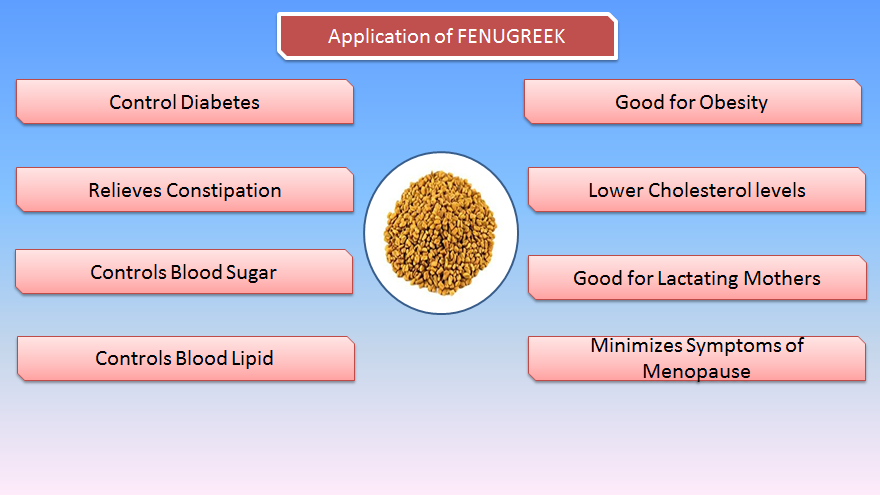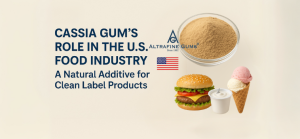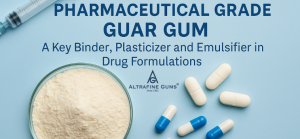
Scientific Analysis of the Fenugreek Composition and Other Industrial Uses
The fenugreek also referred as the Trigonella Foenum – grecum L, has been marked as one of the most promising plant in terms of nutritional and medicinal value from the ancient times. The plant is an annual herb indigenous to the eastern shores of the Mediterranean regions and countries like the Saudi Arabia, Egypt, India and morocco.
The fenugreek gum powder has bioactive compounds such as the galactomanans, diosgenin, stolone and many more. The fenugreek seed, like other galactomanans, is comprised of the mannose backbone linking to the single galactose side chains. There is a high ratio of galactose to mannose makes it easily dissolve in water to create a highly viscous solution at low concentrations. Some important chemical constituents include;
Steroid Saponins
The plant seeds contain steroids, sapogenins and diosgenin being major constituents. These sapogenins are glycone portion of plant steroid. These constituents occur as complex glycosides and not free molecules.
Poly Phenol
Recent research shows that the fenugreek seeds has up to five different types of flavonoids, which the vitexin , tricin, naringenin, quercetin and tricin. The seed has also been found to have strong antioxidants such as the quercentin, which has anti-inflammatory, anti-oxidant, anti-tumor, anti-ulcer, and many other medicinal properties.
Alkaloids
The gum contains trigonelline, and alkaloid which is a derivative of the nicotinic acid. This chemical has hypoglycemic and ant pellagra effect important in the management of diabetes and diseases affecting the central nervous system.
Nutraceutical Properties
The fenugreek also when consumed has an effect of refining the blood as a diaphoretic. It is able to pass on sweat and thus help to detoxify the body. As a lactation aid, the fenugreek has been found to be able to stimulate sweat production as it contains hormones which enhance milk production in the lactating mothers. This happens in duration of 24 – 72 hours after ingestion of the herb.
As an anti cancer aid it has been found that the diosgenin acts to reduce the growth of anti cancerous cells in the body.
Nutritional Composition
From a compositional research analysis, the fenugreek seeds have been seen to be high in carbohydrates but low in protein contents. A dried sample of the seed has been seen to contain a moisture content of approximately 10.9% while that of crude fat is about 6.3%. The seeds have been observed to contain vitamin B1, B2, B6B12, folic acid and vitamin c. The total amount of carbohydrates has been seen to be approximately 77.04 %. It has also been found to have an ash content of up to 2.99 %. The presence of stalone in the gum causes it to have flavor, which is important in some of the recipes.
Other Applications
In addition to the medicinal and nutritional applications, the fenugreek forms very stable colloids and for a long period of time. This hydration property makes the fenugreek an equal alternative to hydrocolloids. Since the product is widely grown in India and around the world, it can be used in place of other seed gums.






